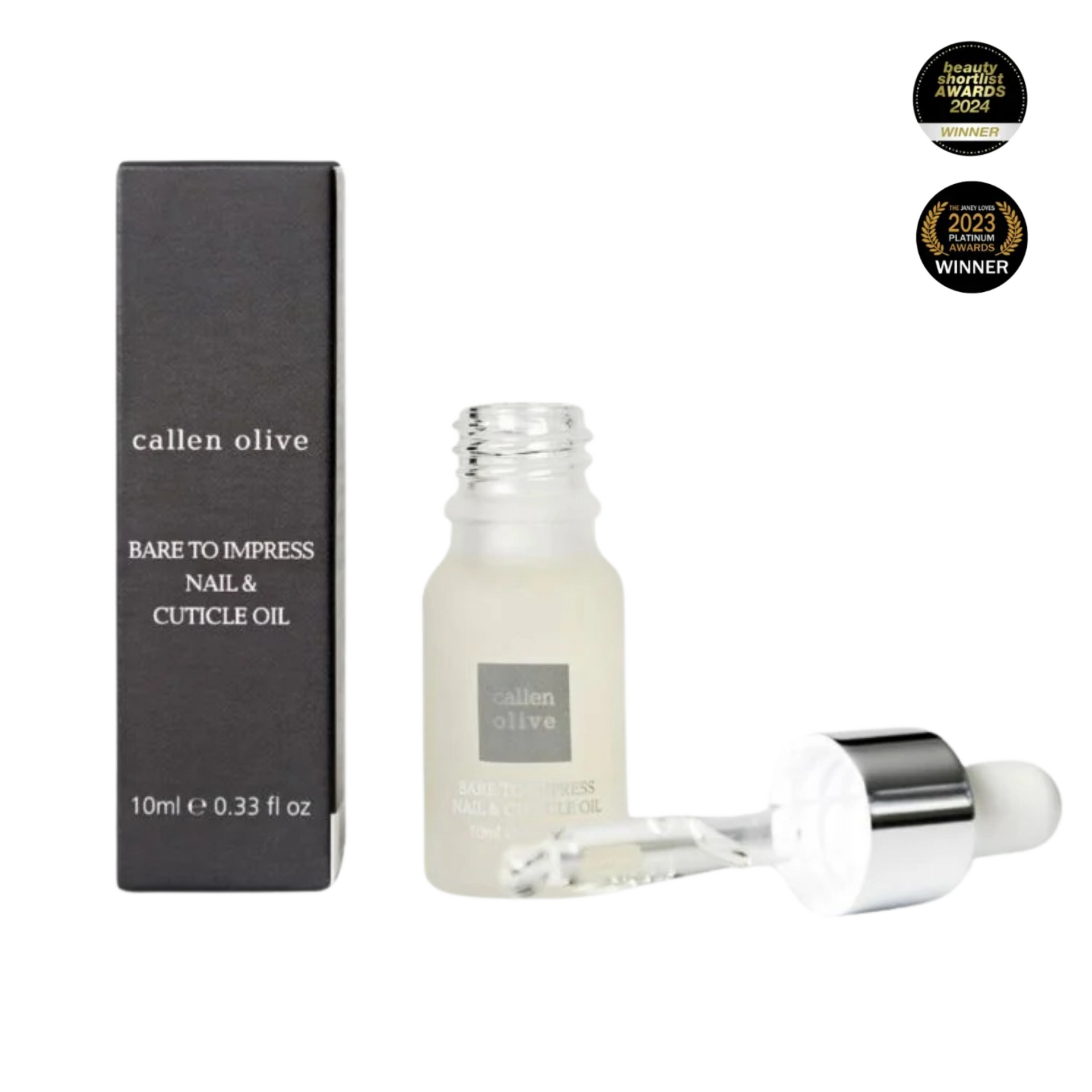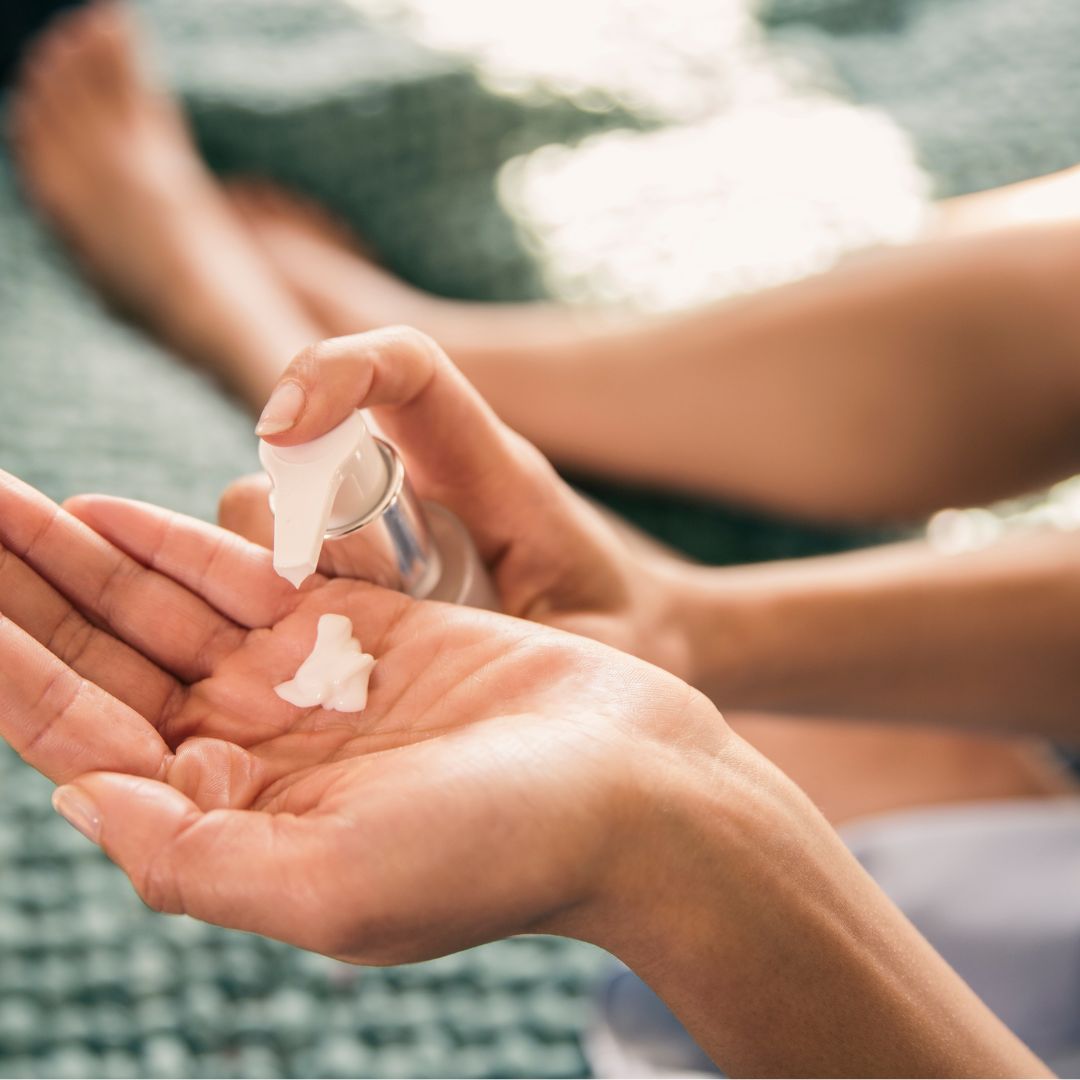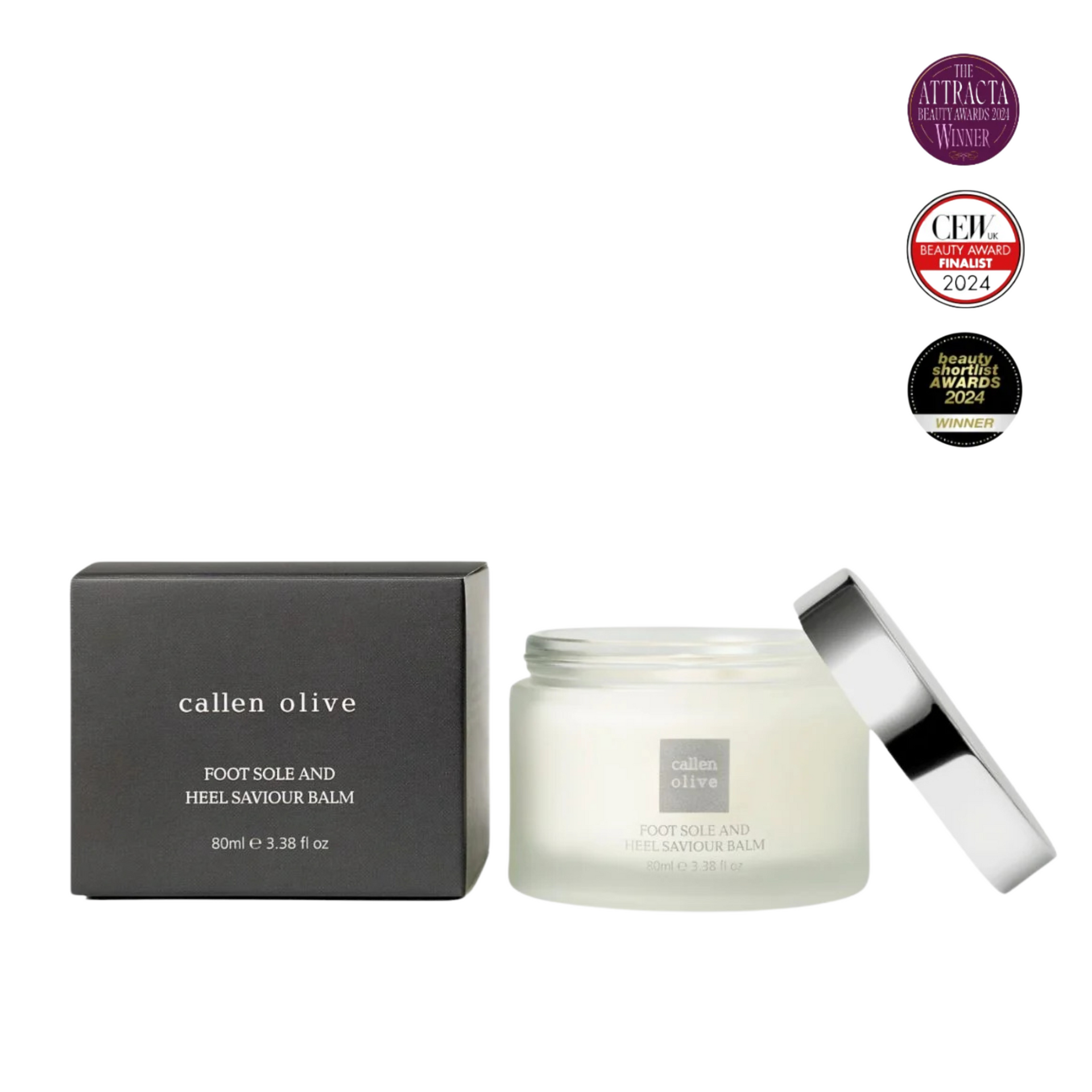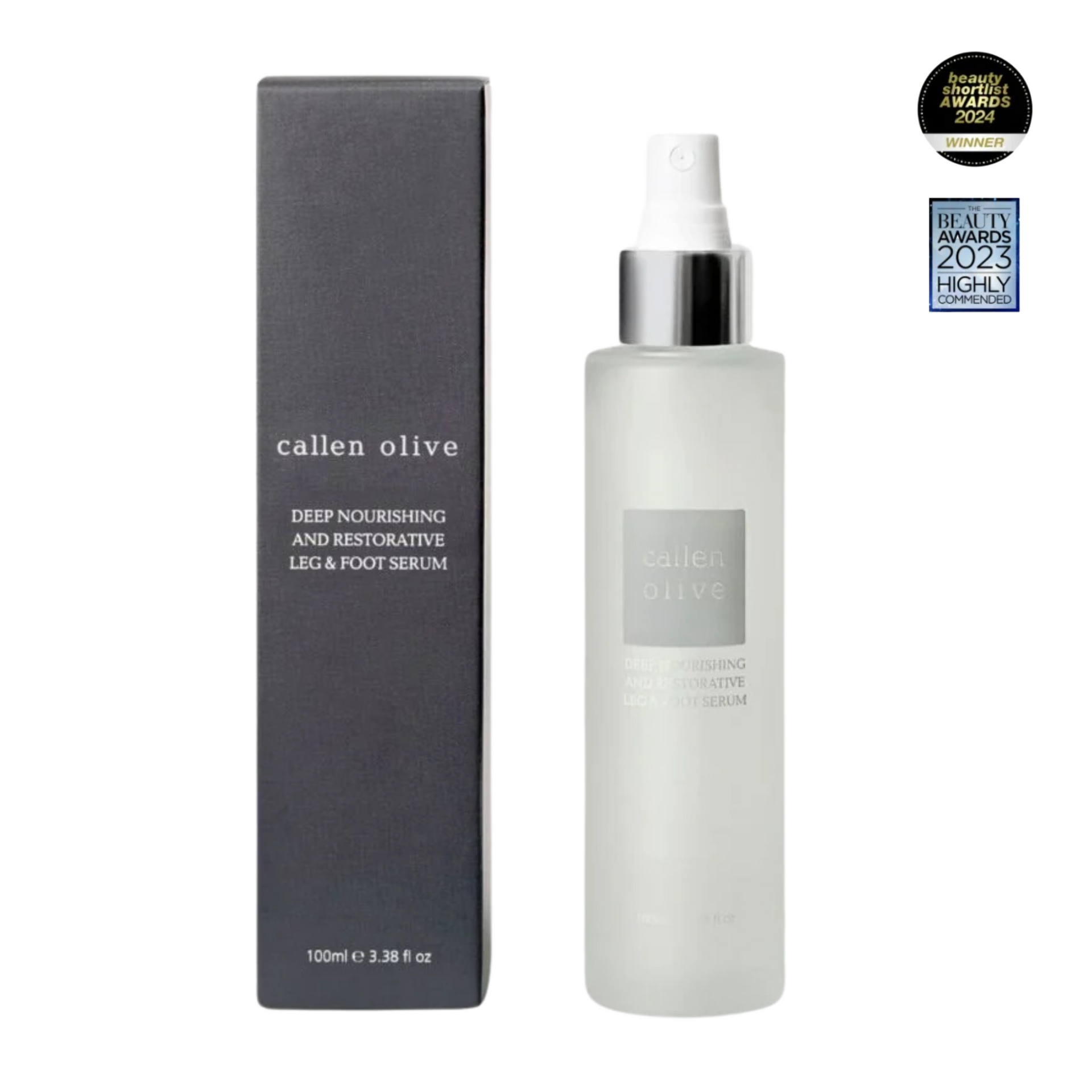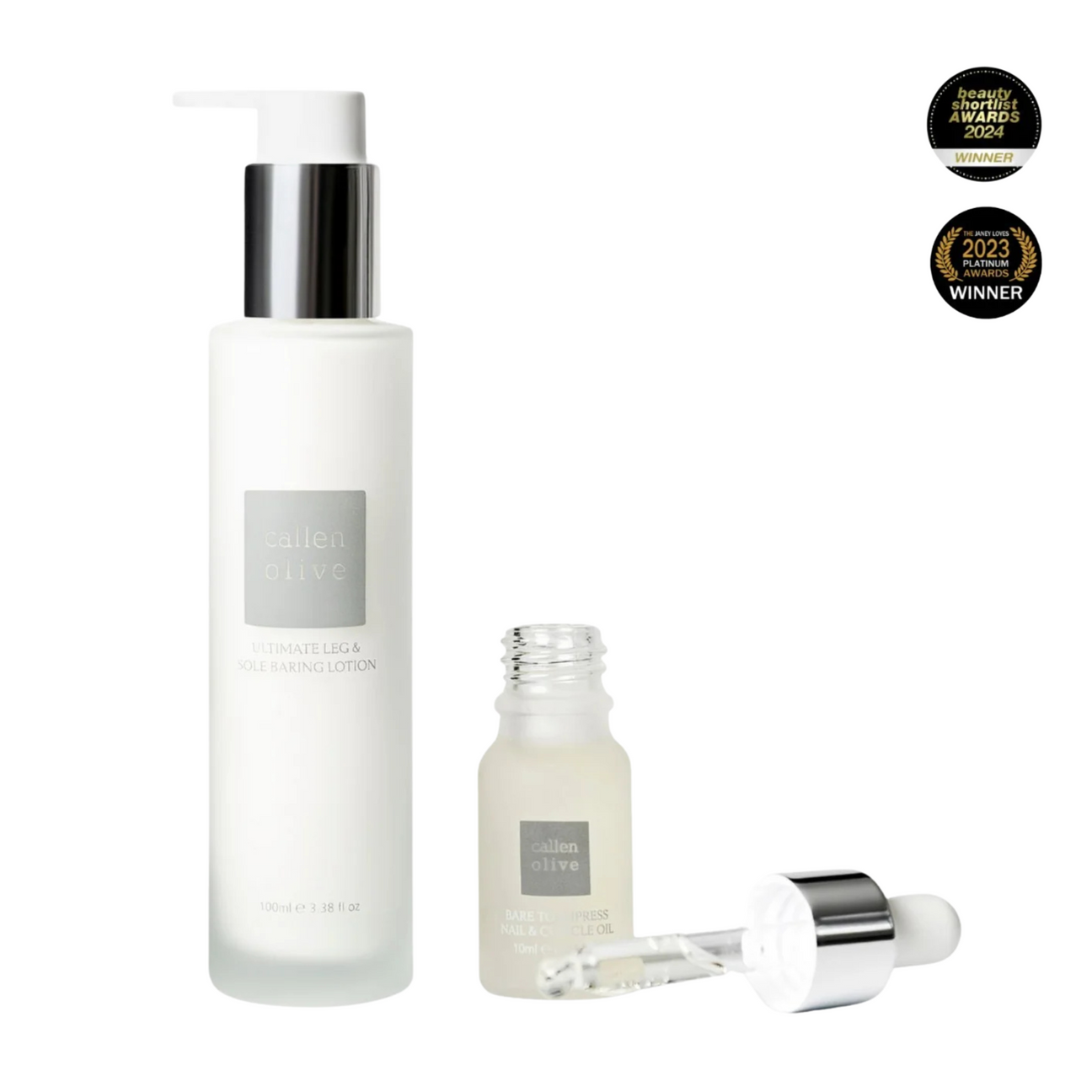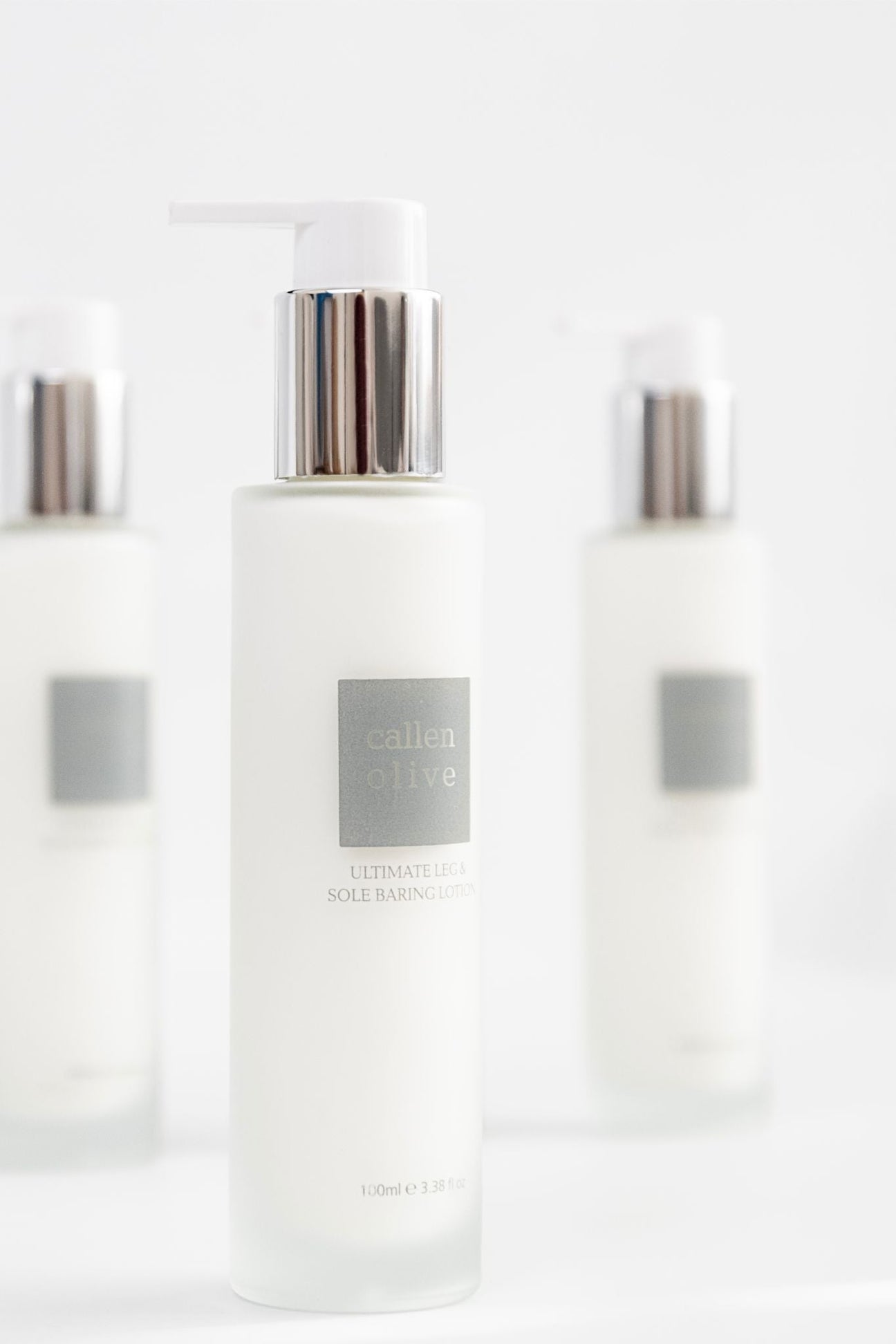Plantar fasciitis is the most common foot condition characterised by inflammation and weakening of the plantar fascia, a thick band of tissue running along the underside of the foot, connecting the heel to the metatarsals.
This inflammation typically manifests as aching pain in the heel and/or arch, notably upon the first steps in the morning or after extended periods of rest.
Shoe Selection
Shoe selection plays a pivotal role in managing and preventing the recurrence of plantar fasciitis. An overwhelming majority of patients in my clinic with this condition wear footwear that is either too small or lacks proper support. To ensure optimal comfort and foot health, it's vital to leave approximately a 1 cm gap between the toes and the shoe, allowing for toe extension during walking.
Opt for shoes equipped with adequate arch support, cushioning, and shock absorption to mitigate symptoms by furnishing stability and reducing strain on the plantar fascia. Look out for footwear featuring a firm heel counter and excellent arch support to evenly distribute pressure across the foot, thus minimising stress on the inflamed tissue.
In addition to shoe selection, several strategies can effectively alleviate plantar fasciitis:
- Regular Stretching and Strengthening: Engaging in routine stretches and exercises targeting the calf muscles and the plantar fascia can alleviate tension, enhance flexibility, and alleviate pain. Collaborating with a physical therapist can assist in devising a personalised exercise regimen to bolster foot-supporting muscles and enhance overall foot mechanics.
- Orthotic Inserts: Custom, or over-the-counter, orthotic inserts offer supplementary support and cushioning, rectifying any biomechanical irregularities contributing to plantar fasciitis.
- Activity Modification: Implementing relative rest with activity modification can yield significant improvements. Applying ice packs can effectively diminish inflammation and alleviate pain.
- Night Splints: Utilising a night splint can sustain a gentle stretch on the plantar fascia and Achilles tendon during sleep, substantially reducing morning pain or nocturnal trips to the restroom.
- Maintaining a Healthy Weight: Managing a healthy weight can alleviate pressure on the feet, thereby mitigating plantar fasciitis symptoms.
- Supportive Footwear: Refrain from walking barefoot or on hard surfaces, as these actions can exacerbate symptoms. It's advisable to wear supportive footwear, even indoors.
- Extracorporeal Shock Wave Therapy: This non-invasive treatment option boasts a quick, safe, and efficient approach, with a success rate exceeding 80%. It accelerates healing and minimises downtime.
- Foot Care Essentials: For cracked or crusty heels and feet in dire need of TLC, the Callen Olive Foot File (best used on dry skin) and the Callen Olive Foot Sole & Heel Saviour Balm, when used daily, can render them baby soft smooth in no time.
By amalgamating these simple yet effective strategies with appropriate shoe selection, individuals can effectively manage plantar fasciitis, finding relief from pain and discomfort, while thwarting its recurrence. However, consulting with a podiatrist remains imperative for an accurate diagnosis and a tailored treatment plan in order to reach your goals and expectations. If you are struggling with plantar fasciitis we are here for you, book appointment online now.

